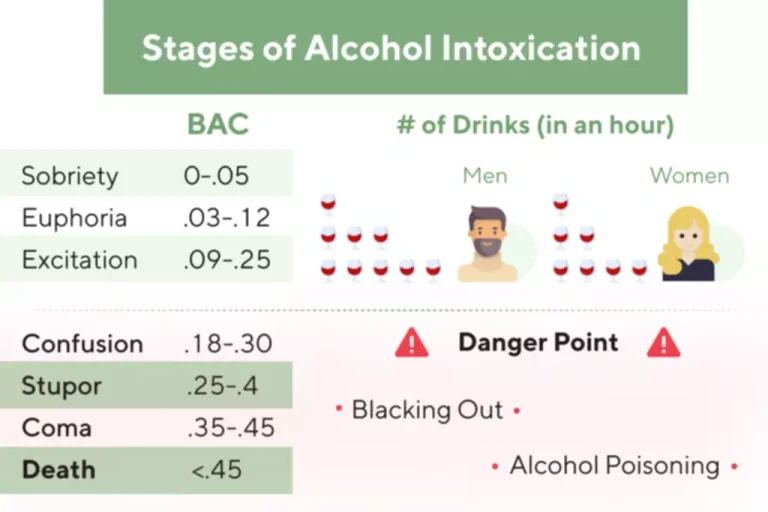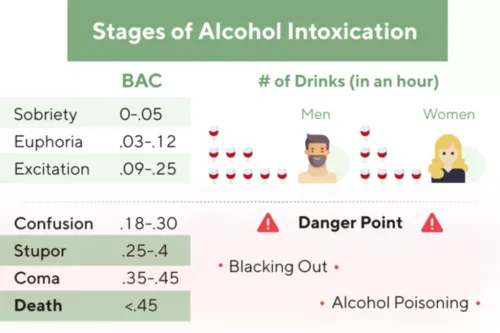
Secukinumab, an anti-IL-17 monoclonal antibody has shown favorable results in clinical trials of rheumatoid arthritis, psoriasis and uveitis124. Up until now, no study has been done in patients with liver disease using this monoclonal antibody, https://ecosoberhouse.com/ which can be a potential therapy. This condition progresses through stages, from fatty liver (steatosis) to alcoholic hepatitis and eventually cirrhosis, where permanent scarring severely impairs liver function.
Crohn’s Disease: Treatment and Risks
For example, a blood test done during a yearly exam may show high levels of liver enzymes, which can lead to more testing and a NAFLD diagnosis. TM Generally speaking, hepatologists recommend prednisolone or pentoxifylline when the Maddrey discriminant function score is greater than or equal to 32. Some doctors use the Model for End-Stage Liver Disease (MELD) score instead and start treatment if the patient’s MELD score is greater than or equal to 20. Magnesium may decrease intestinal permeability, an important component of reducing endotoxin absorption and exposure to the liver. Therefore, gastroenterologists should always be aware of the possibility of relapse and question patients accordingly. It is a good idea to check their blood alcohol levels during clinic visits to assess whether they have been drinking recently.
Pharmacological treatments: management of alcohol detoxification

However, despite its low cost and rapidity of execution, its role in the clinical practice has still to be defined. In fact, EASL guidelines specify that TE has never been compared with hepatic steatosis measured by 1H-MRS and there are limited data about its ability to discriminate different histological patterns3. On the other hand, Asia-Pacific guidelines propose CAP as a useful screening tool for NAFLD diagnosis, as well as for demonstrating improvement in hepatic steatosis after lifestyle intervention and body weight reduction5. Antioxidant cocktails and vitamin E examined earlier have not shown beneficial effects in the management of severe AH (88,130,131). N-acetylcysteine infusion showed improved survival at 1 month, when used as an adjuvant to prednisolone in a multicenter randomized controlled study (132). There was no survival advantage with N-acetylcysteine at 3 or 6 months from presentation.

Key Contributing Factors
During a liver transplantation, a surgeon replaces the patient’s damaged liver with all or part of a healthy liver from a deceased or a living donor. The signs and symptoms of ALD can vary significantly depending on the severity of liver damage. Patients with alcohol-related fatty liver disease, for example, usually do not have any symptoms. The single best treatment for alcohol-related liver disease is abstinence from alcohol. When indicated, specific treatments are available that can help people remain abstinent, reduce liver inflammation, and, in the case of liver transplantation, replace the damaged liver. Vitamin E and C decrease oxidative stress and thus have been evaluated in patients with NASH.


Urine ethyl glucuronide and phosphatidyl ethanol are commercially available for use in routine clinical practice (36). This article explores the early signs and symptoms of alcoholic liver disease symptoms of alcoholic liver disease, its stages, causes, risk factors, treatments, and prevention. Treatment follows the same principles as with other etiologies but with a higher emphasis on abstinence and nutritional support. Emerging therapies have had some success in treating alcohol-induced fibrosis, but more studies are needed.
Which noninvasive test(s) should be used to diagnose NAFLD?
The second group of genes modifies the natural history of ALD through different mechanisms. Small candidate gene studies initially suggested a role for polymorphisms in genes encoding inflammatory mediators, endotoxin response and oxidative stress. However, larger studies including a recent genome-wide association study revealed that patatinlike phospholipase domain containing protein 3, may be the main genetic determinant of risk for and severity of ALD (25,26).
- According to all of these guidelines, a 7%-10% weight loss is the target of most lifestyle interventions.
- Having hepatitis C increases the risk, and a person who consumes alcohol regularly and has had any type of hepatitis faces a higher chance of developing liver disease.
- In a recent meta-analysis it was found that only PTX and OCA improve fibrosis in NASH patients190.
- A drug screen is recommended and in selected patients imaging of the head and cerebral spinal fluid studies may be required (53).
- Whether outcomes of transplant recipients of HCV infected drinkers will improve with the advent of newer potent and safer anti-HCV therapy, remains a testable hypothesis, yet to be answered.
Transplantation is effective in patients with end-stage ALD who have stopped drinking (usually for ≥6 months), and both alcoholism treatment long-term graft and patient survival are excellent. Monozygotic twins have a higher concordance rate for alcohol-related cirrhosis than dizygotic twins (23). Genetic factors may influence susceptibility to alcohol consumption or predisposition to development of ALD among those with AUD. Genes influencing the susceptibility for alcoholism include modifiers of neurotransmission such as γ-amino butyric acid and modifiers of alcohol metabolism such as alcoholic dehydrogenase and acetaldehyde dehydrogenase enzymes (24). The polymorphisms in these genes may be involved in an individual’s susceptibility to alcoholism, with wide allelic variation between different ethnic groups, but their role in the progression of ALD remains controversial.